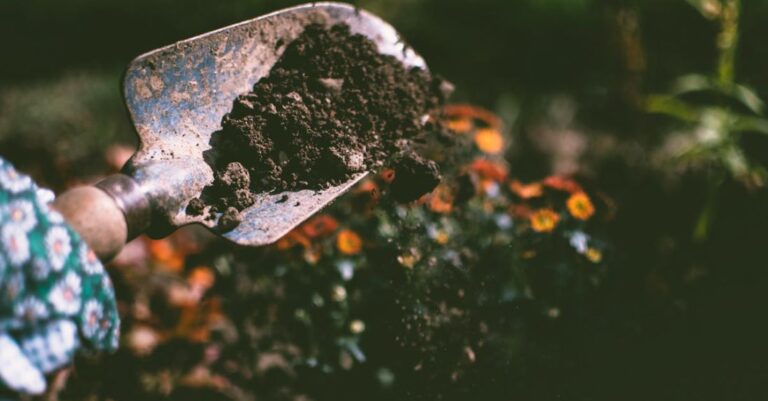
The Galapagos Islands, located in the Pacific Ocean, are renowned for their extraordinary biodiversity and unique plant species. These isolated islands, made famous by Charles Darwin’s theory of evolution, are home to a diverse array of flora that have adapted to the islands’ distinct ecosystems over millions of years. From the iconic giant tortoises to the colorful marine iguanas, the Galapagos Islands are a haven for nature enthusiasts seeking to witness some of the most unique plants and wildlife on the planet.
**Cactus Tree (Opuntia Cactus)**
One of the most iconic plants found in the Galapagos is the cactus tree, specifically the Opuntia cactus. These distinctive cacti can be found throughout the islands, with their prickly pear pads providing food and shelter for various animal species. The Opuntia cactus is well-adapted to the arid conditions of the Galapagos, storing water in its fleshy pads to survive the dry climate. Visitors to the islands can spot these towering cactus trees dotting the landscape, adding to the unique charm of the Galapagos.
**Lignum Vitae (Guaiacum Sanctum)**
Another fascinating plant species found in the Galapagos is the Lignum Vitae, also known as Guaiacum sanctum. This small tree is native to the islands and is prized for its dense, durable wood that has been used in various traditional medicines and woodworking projects. The Lignum Vitae boasts striking blue flowers that bloom intermittently throughout the year, attracting pollinators and adding a splash of color to the Galapagos landscape. Despite its small size, this plant plays a crucial role in the ecosystem, providing food and shelter for local wildlife.
**Scalesia Tree**
The Scalesia tree is another unique plant species that can be found in the Galapagos Islands. Often referred to as the “Darwin’s finches of the plant world,” the Scalesia tree has evolved into several different species, each adapted to specific habitats across the islands. These trees can range from small shrubs to towering giants, with various shapes and sizes depending on their location. The Scalesia tree showcases the remarkable adaptive radiation that has taken place in the Galapagos, highlighting the islands’ role as a natural laboratory for evolutionary studies.
**Galapagos Cotton (Gossypium Barbadense)**
Galapagos cotton, scientifically known as Gossypium barbadense, is a unique plant species that is endemic to the islands. This cotton plant produces high-quality fibers that have been traditionally used by local communities for weaving textiles and creating handicrafts. The Galapagos cotton plant is well-suited to the islands’ climate, thriving in the sandy soils and coastal regions where it is commonly found. Visitors to the Galapagos can learn about the cultural significance of this plant and its importance in the local economy.
**Red Mangrove (Rhizophora Mangle)**
The Red Mangrove, or Rhizophora mangle, is a vital plant species that plays a crucial role in the Galapagos ecosystem. These mangroves can be found along the coastlines of the islands, forming dense forests that provide habitats for a wide variety of marine and bird species. The intricate root systems of the Red Mangrove help stabilize coastal areas, prevent erosion, and filter out pollutants from the surrounding waters. These mangrove forests are a key component of the Galapagos’ rich biodiversity, supporting a complex web of life both above and below the water’s surface.
**In Conclusion: Discovering the Botanical Wonders of the Galapagos**
Exploring the unique plant species of the Galapagos Islands offers a glimpse into the fascinating world of evolutionary adaptation and ecological diversity. From towering cactus trees to colorful blooms of the Lignum Vitae, each plant species contributes to the intricate tapestry of life that thrives in this remote archipelago. Visitors to the Galapagos can witness firsthand the wonders of nature and gain a deeper appreciation for the delicate balance that exists between plants, animals, and the environment in this extraordinary corner of the world.





